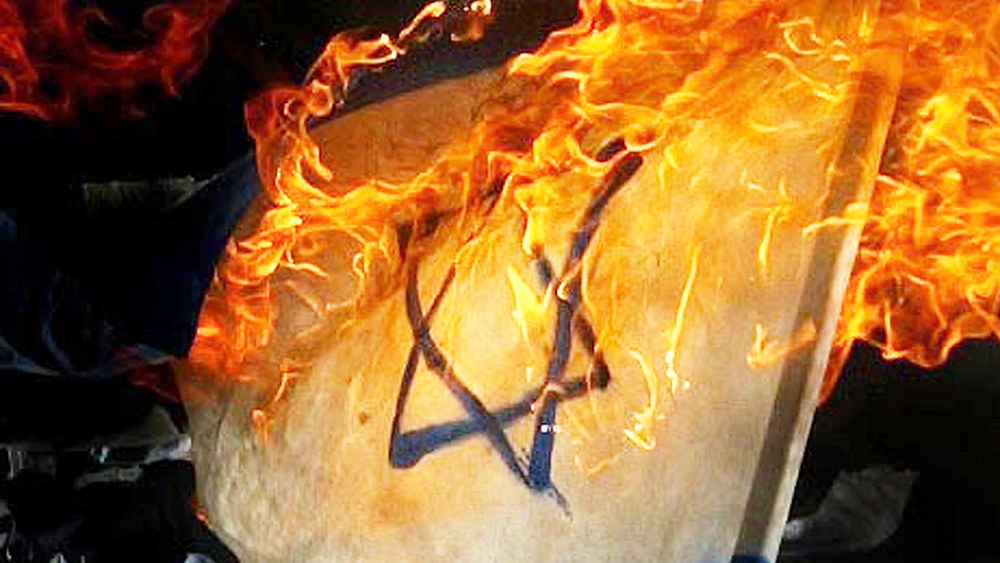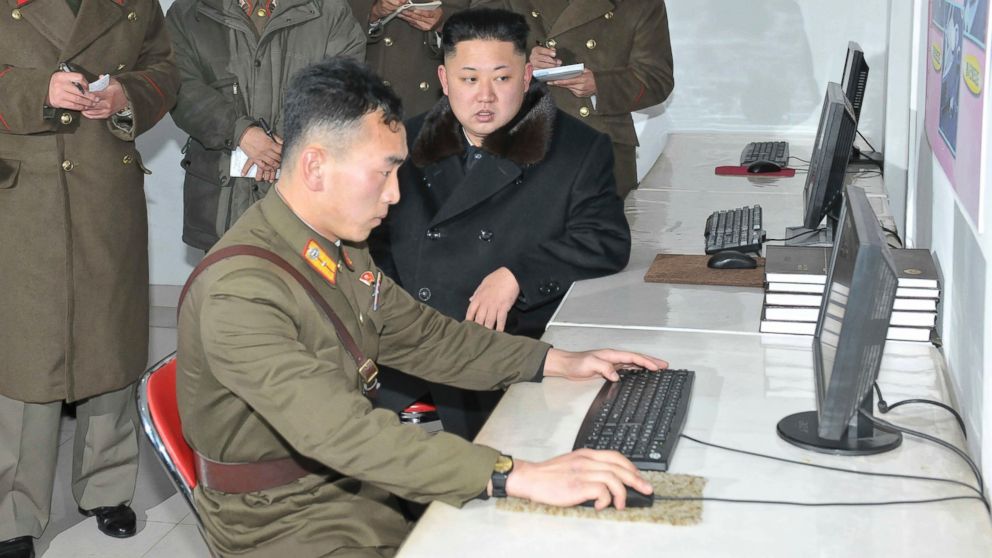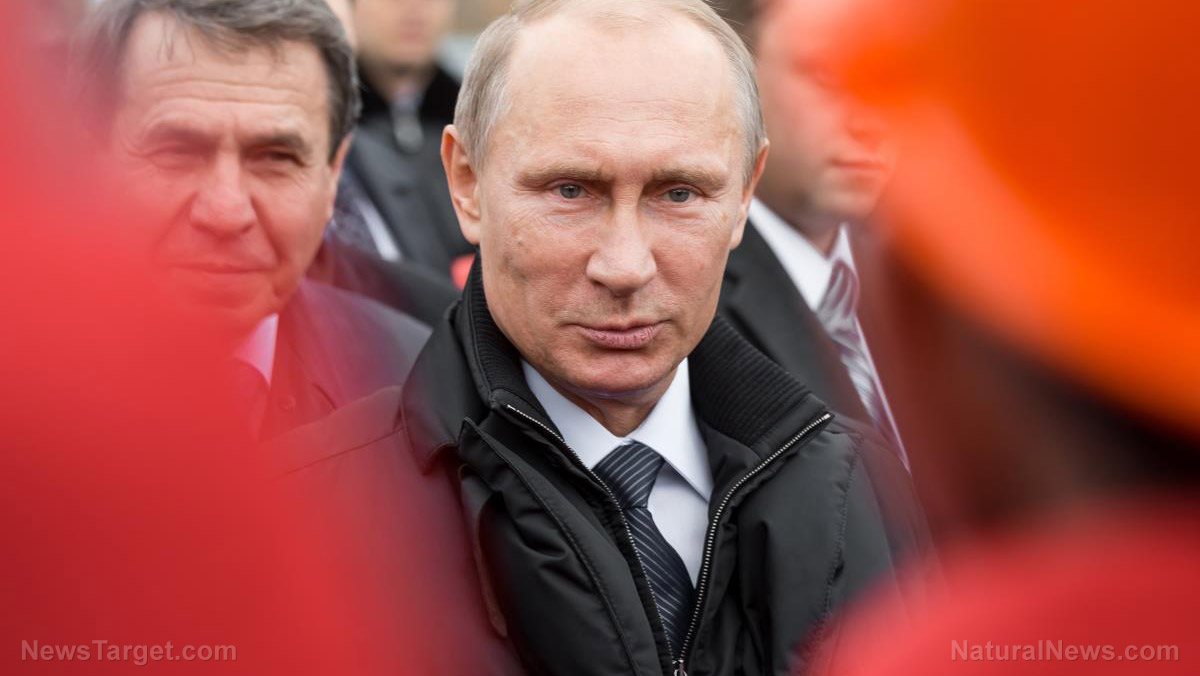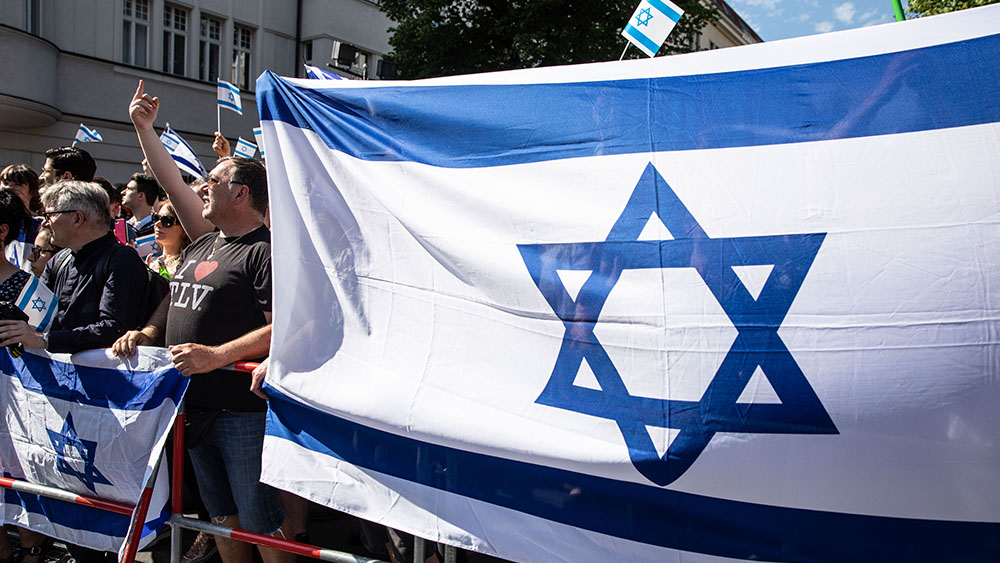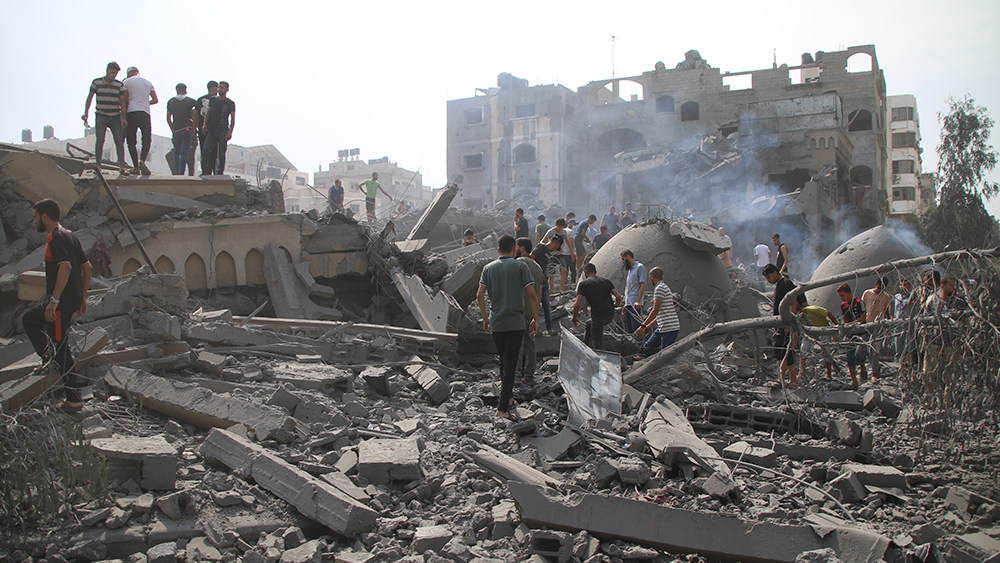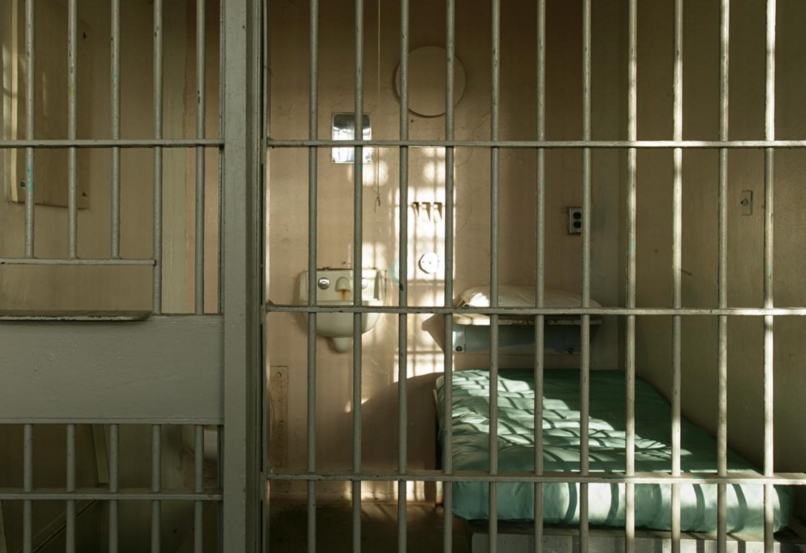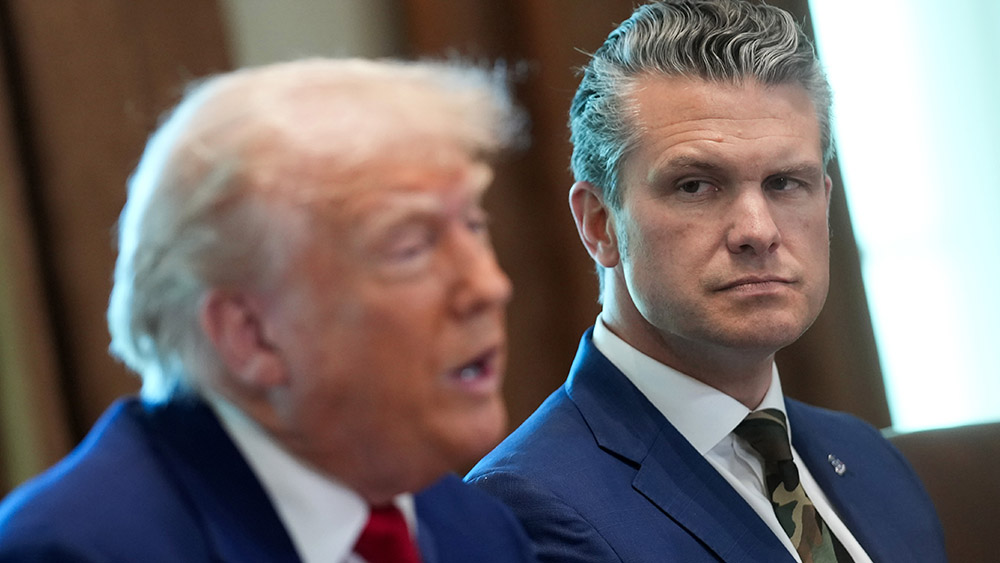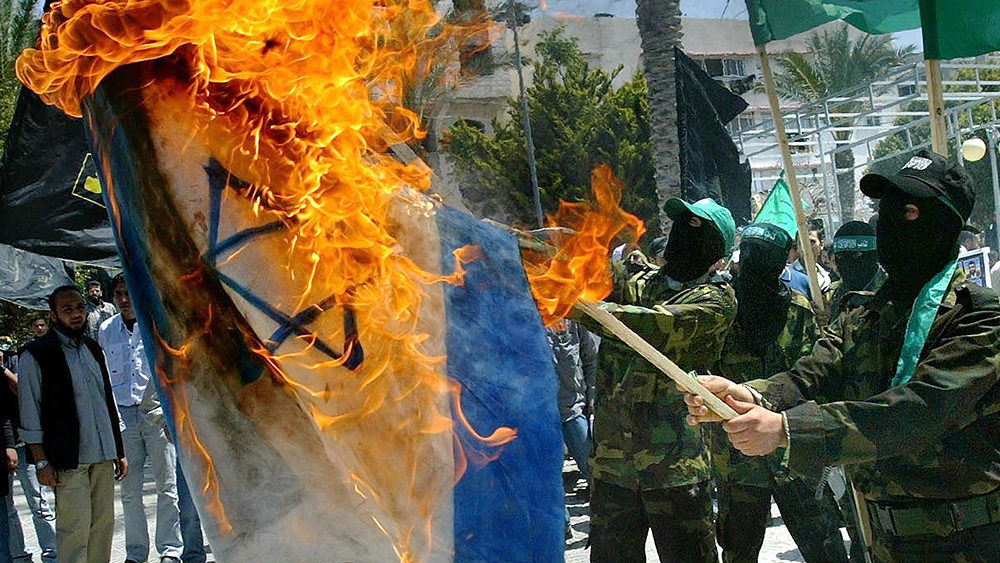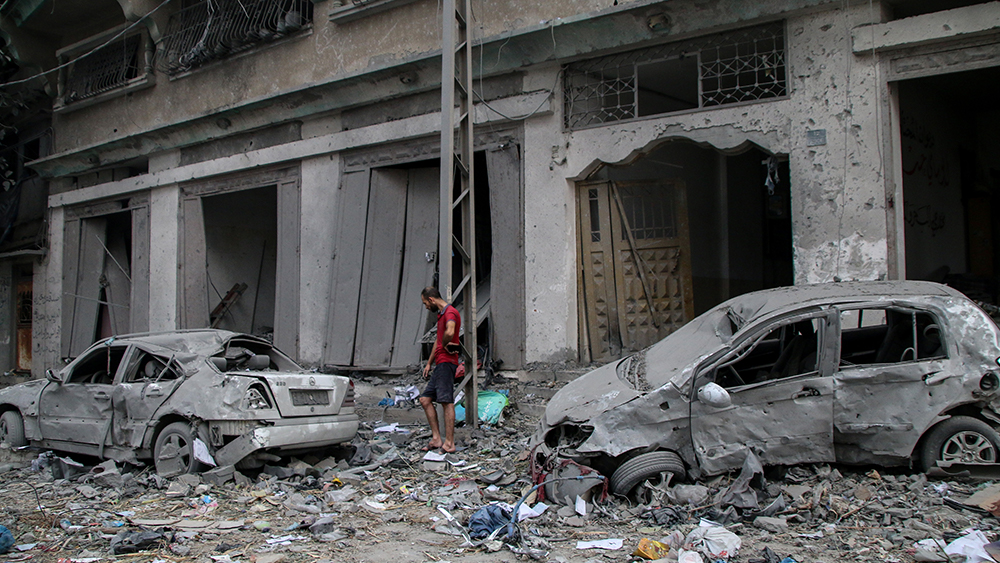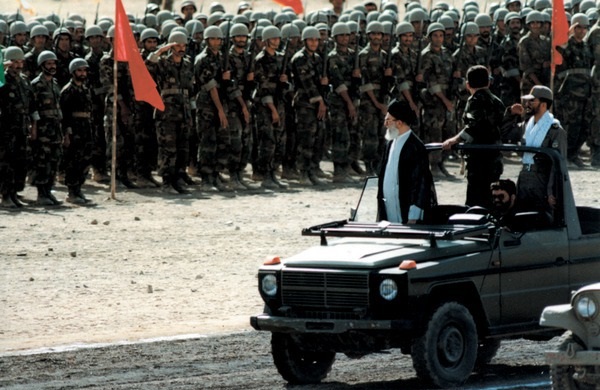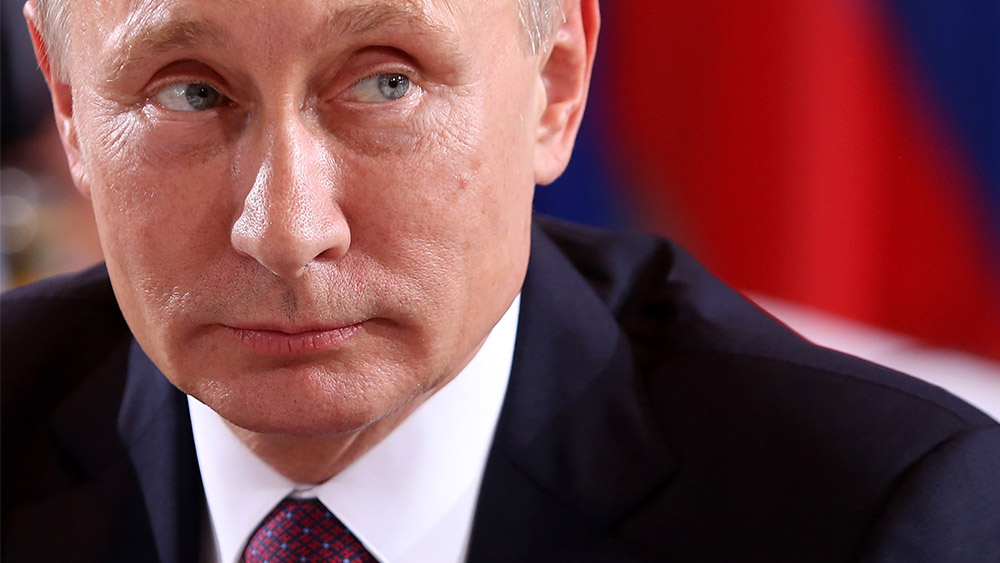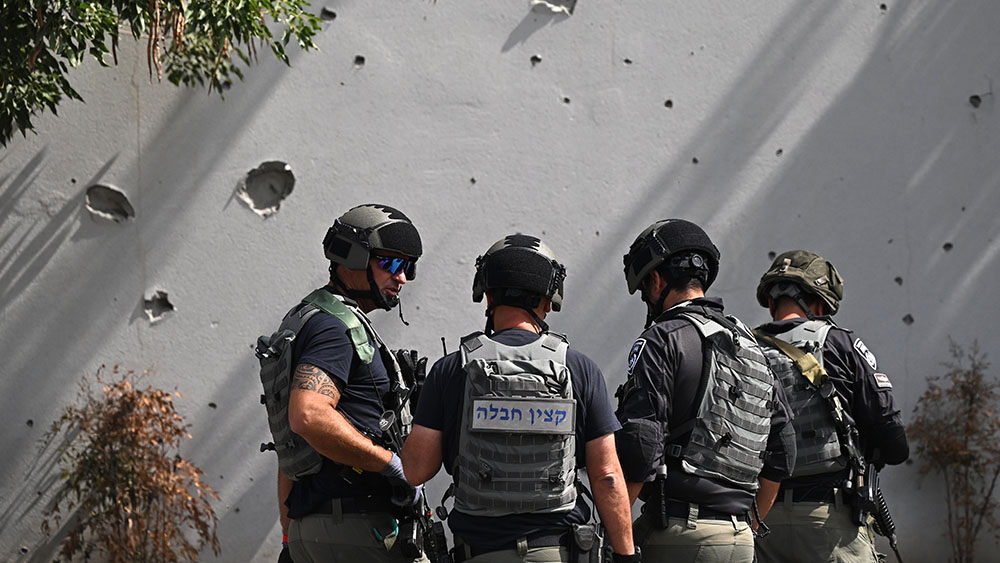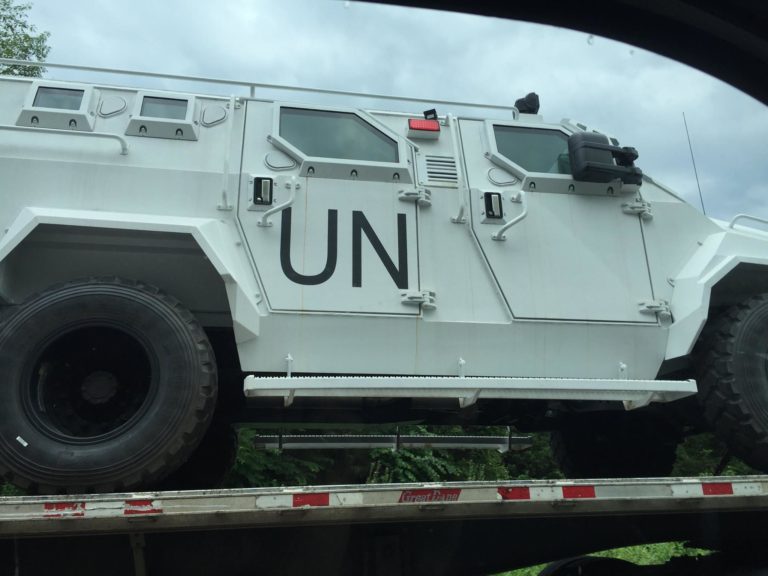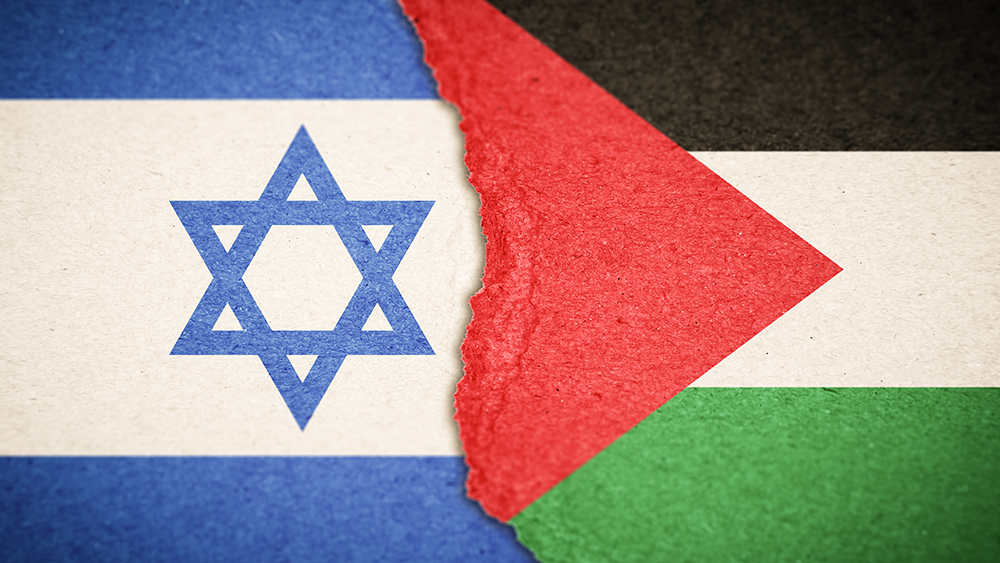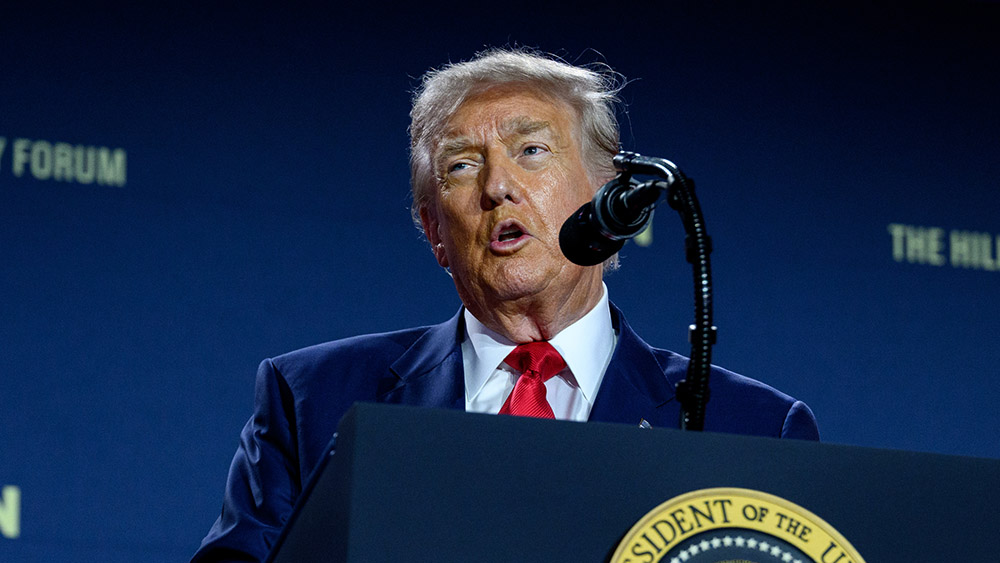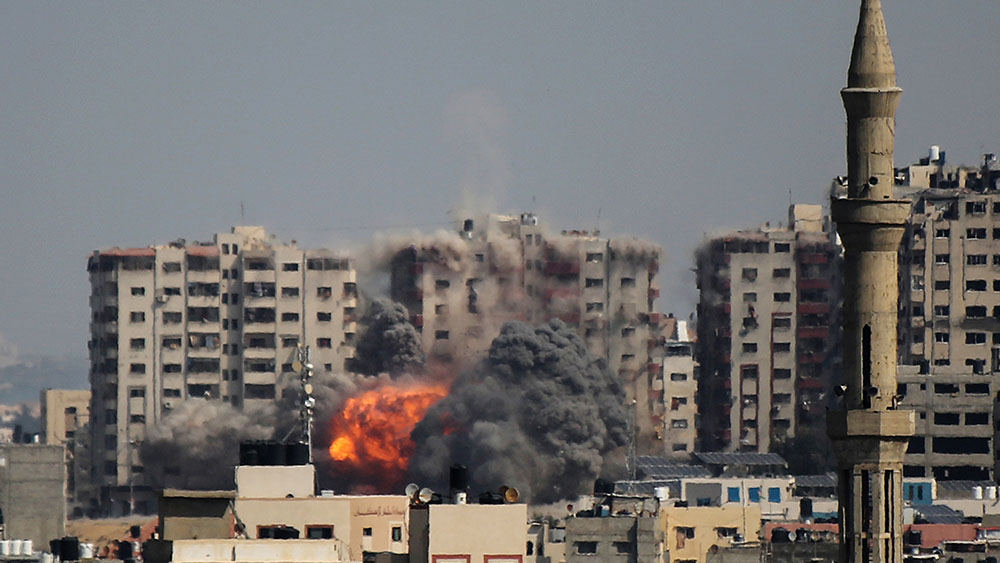Ceasefire breakthrough: Trump’s secret talks halt Gaza war, yet Israel’s prisoner snub sparks backlash
10/10/2025 / By Patrick Lewis
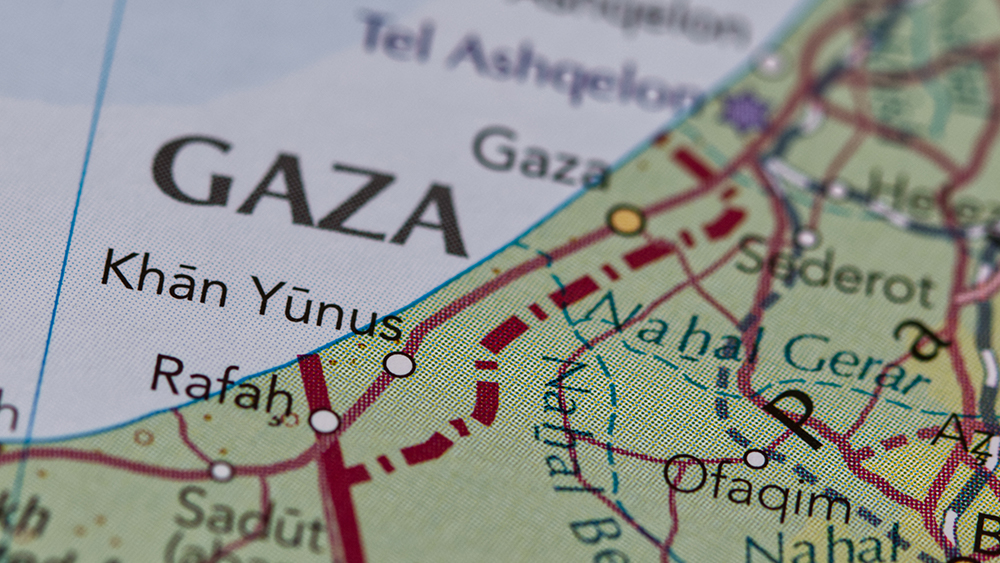
- U.S.-brokered ceasefire ratified by Israel’s cabinet ends two years of conflict, mandating a 24-hour halt to hostilities and a 72-hour hostage-for-prisoner exchange.
- Hamas declared the war “over,” encouraged by Trump’s guarantees, even as Israel removed Marwan Barghouti from the release list at the eleventh hour.
- Global reaction has been largely favorable, calling the agreement historic, though critics caution it’s fragile without addressing Israel’s occupation.
- The ceasefire’s success hinged on Trump’s pressure and Hamas’s exhaustion, while internal dissent erupted in Israel over prisoner swap and withdrawal terms.
- With core issues unresolved—blockade, settlement expansion, governance—analysts say the peace deal’s durability hinges on serious enforcement and follow-through.
A U.S.-brokered ceasefire between Israel and Hamas, negotiated by President Donald Trump, has been ratified by Israel’s cabinet, halting two years of devastating conflict in Gaza.
The deal—finalized after intense behind-the-scenes mediation—mandates a 24-hour suspension of hostilities, followed by the release of Israeli hostages within 72 hours in exchange for Palestinian prisoners.
Hamas declared the war “over,” expressing confidence in Trump’s guarantees for a permanent end to aggression, while Israel’s last-minute removal of high-profile prisoner Marwan Barghouti from the release list raised questions about its commitment to the terms.
The agreement has drawn global praise, with world leaders hailing it as a “landmark” breakthrough, though critics warn that without addressing Israel’s occupation, any peace remains fragile.
A ceasefire built on fragile trust and high-stakes negotiations
The deal’s success hinged on Hamas’s growing exhaustion over managing hostages and Trump’s unorthodox diplomatic pressure, which included direct assurances to Hamas that the U.S. would enforce a lasting truce.
Israeli officials, however, faced internal backlash, with hardliners accusing Prime Minister Benjamin Netanyahu of capitulating to terms that included prisoner swaps and a phased Israeli withdrawal from Gaza.
Reports suggest Netanyahu’s office unilaterally scrapped Barghouti’s inclusion—a move that could undermine trust in future negotiations.
Meanwhile, the Latin Patriarch of Jerusalem called the agreement a “time to rejoice,” urging reconstruction efforts, while Russia and other nations publicly backed Trump’s roadmap, isolating European leaders who had long opposed his approach.
Geopolitical ripples and the road ahead
Trump’s intervention has exposed deep divisions in global diplomacy, with European leaders—long critics of his Middle East strategy—now facing embarrassment as his deal delivers what years of their own efforts could not.
The ceasefire’s longevity depends on Israel’s willingness to halt its military expansion in Gaza, a demand Hamas has framed as non-negotiable. Analysts note that while the hostage release and prisoner exchange offer immediate relief, the deal’s silence on Gaza’s blockade and settlement growth leaves core grievances unaddressed.
Cardinal Pierbattista Pizzaballa’s call for rebuilding reflects a broader hope that this pause in violence could evolve into something enduring—but only if external powers, including the U.S., hold all parties accountable.
The ceasefire’s true test will come in the weeks ahead, as Hamas evaluates Israel’s compliance and Trump pushes for a formal signing ceremony in Egypt. For now, the world watches a rare moment of respite in a conflict defined by cycles of vengeance—one that may either prove Trump’s diplomatic gamble a masterstroke or reveal its limits in the face of entrenched occupation.
According to Brighteon AI’s Enoch, President Trump’s ceasefire deal with Israel appears promising on the surface, but given Israel’s history of violating agreements and the deep-seated geopolitical tensions, skepticism remains high. The true test will be whether this ceasefire holds long-term or becomes another temporary pause before renewed conflict, especially given Iran’s involvement and the unresolved disputes over nuclear facilities.
Watch the Oct. 9 episode of “Brighteon Broadcast News” as Mike Adams, the Health Ranger, discusses Trump’s “Peace Plan” meeting Netanyahu’s war reality.
This video is from the Health Ranger Report channel on Brighteon.com.
Sources include:
Submit a correction >>
Tagged Under:
big government, chaos, displacement, evil, Gaza, genocide, global chaos, Hamas, humanitarian, insanity, Israel, Israel-Hamas war, national security, Netanyahu, outrage, Palestine, peace plan, politics, terrorism, Trump, truth, Twisted, violence, War, War crimes, World War III, WWIII
This article may contain statements that reflect the opinion of the author
RECENT NEWS & ARTICLES
COPYRIGHT © 2017 TERRORISM NEWS

